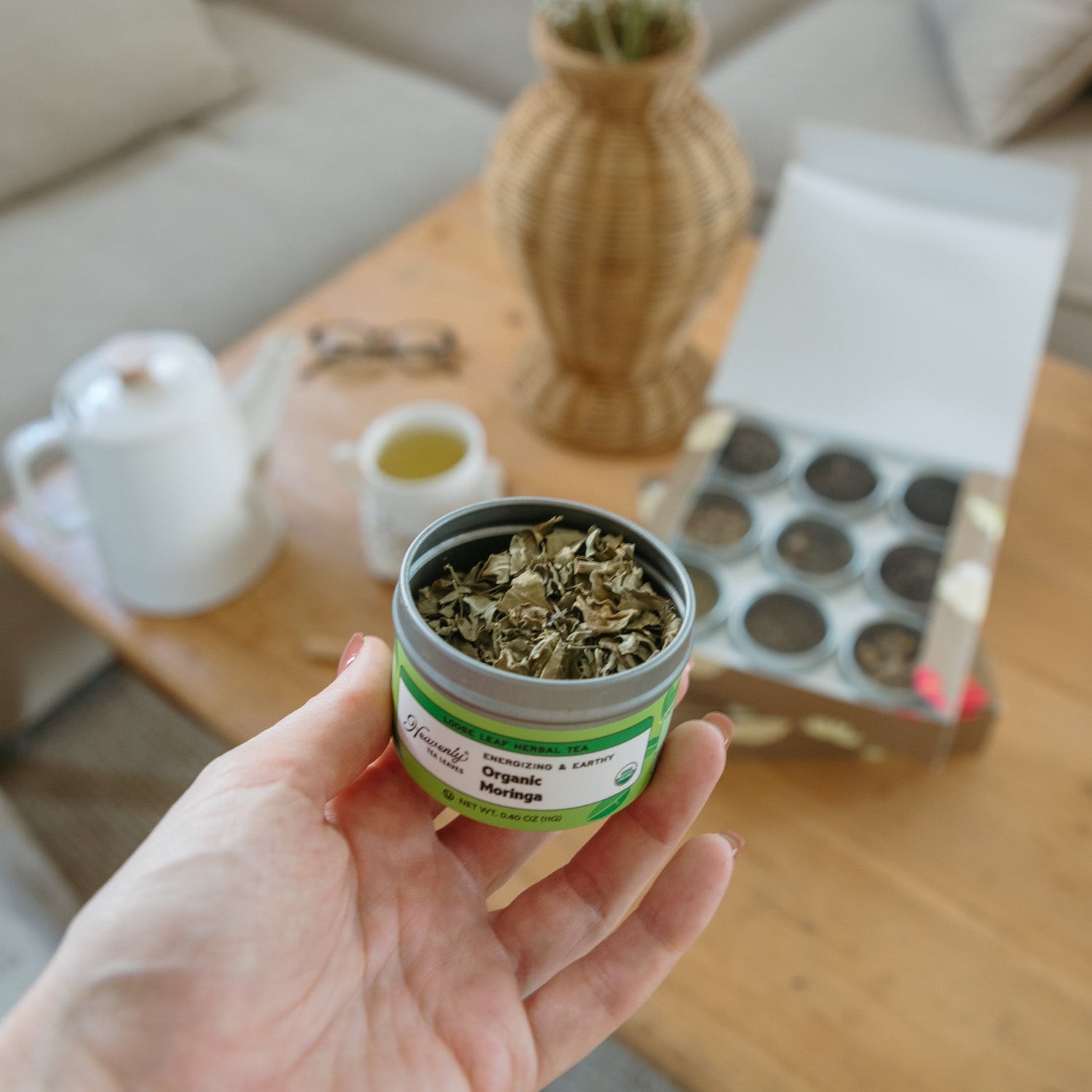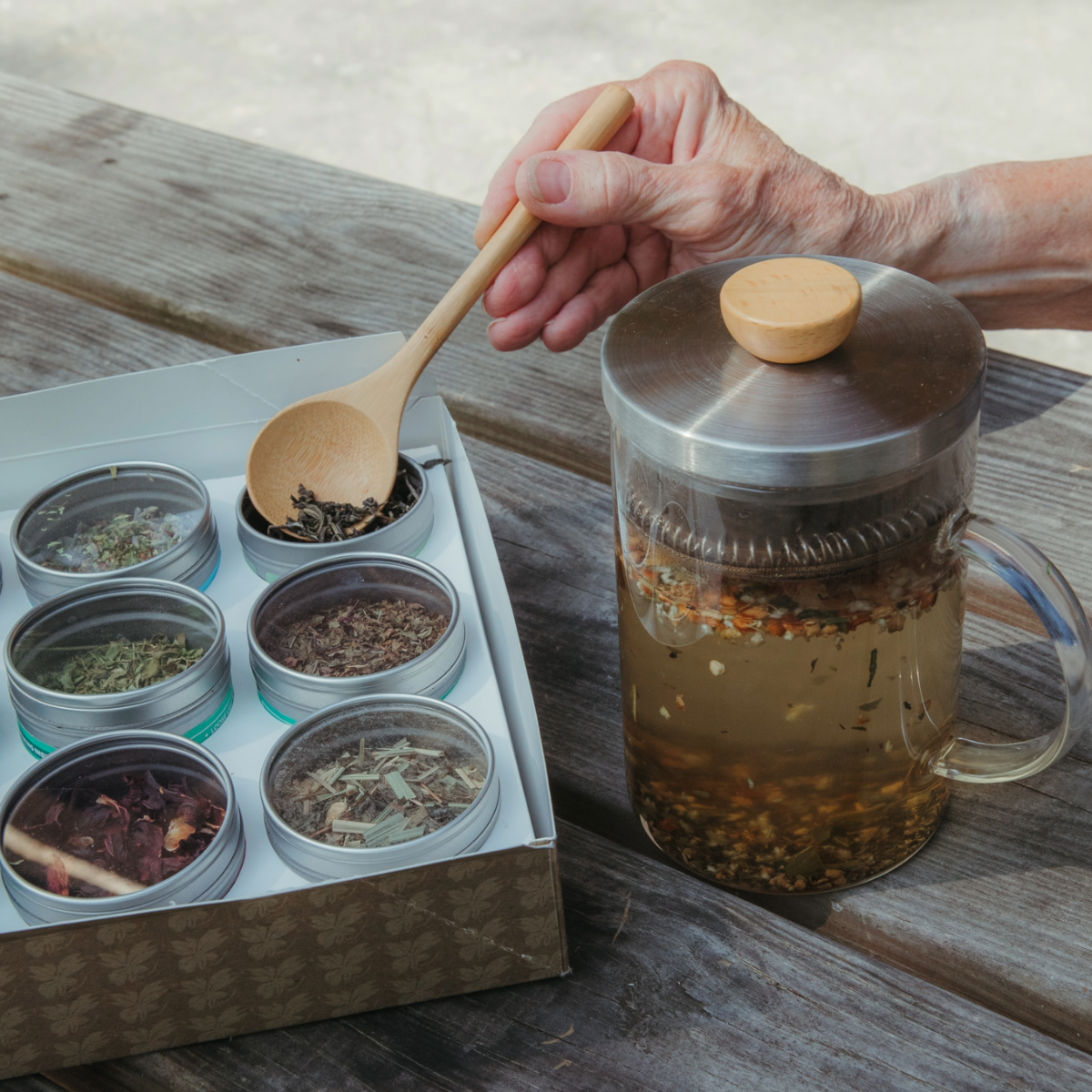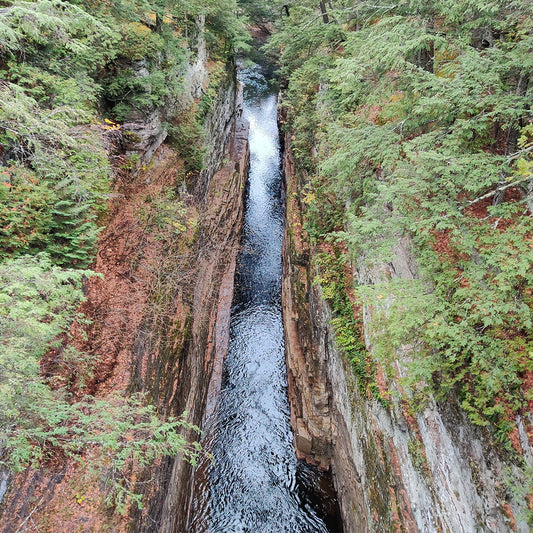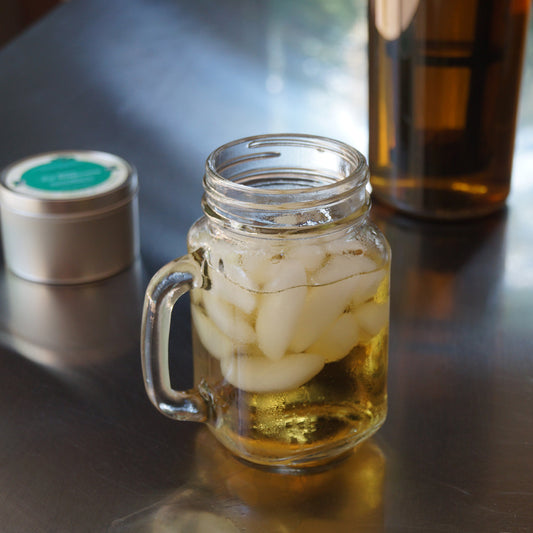Before you decide which tea type or accessory strikes your fancy, it's important to make sure that your tea brewing skills are in place. And we're not talking about the tea bags you've grown up using, but rather, real, loose leaf tea.
There are a few major points you want to focus on in order to brew the perfect cup:
1. Tea
Make sure that your tea is fresh, aromatic, and high quality.
2. Water
The water you use is also crucial. The better quality and cleaner your water, the tastier your tea.
3. Steep Time
Make sure not to brew the tea too much or too little. Brewing the tea for too short a time will lead to a lackluster cup that isn't fully extracted and might taste acidic and watery. Brewing the tea too much will leave you with dark, bitter, harsh flavors. (While a drastic flavor change might not occur with every brew, try to be as precise as possible with your steep times.)
4. Water Temperature and Tea Kettle
Steeping tea at the right temperature may seem tedious, but in reality, the water temperature is a determining factor in how tasty your cup turns out. Green tea is known to burn, turning overly astringent if brewed at too high a temperature, while extracting the full flavor of black tea requires near-boiling water.
For your tea kettle, stovetop is fine, but you'll find that using an electric kettle that lets you select the temperature, giving you the most precise results. We recommend one from Zojirushi, although they can be pricey. There are plenty of more approachable options to choose from across the web, too.
5. Teaware
Ideally, you want to use teaware that allows your leaves room to expand. This will bring out the nuances of your tea's flavor. Porcelain is pretty and traditional, but glass lets you see the tea's color and strength. Never, ever use plastic!
6. Storage
Leave your tea in a cool, dry area, away from direct sunlight. Tea picks up surrounding scents, so try keeping it away from anything with a strong odor.
Now that we have the general knowledge, we can move onto the details. As long as you follow these basic steps, you will be enjoying a perfect pour of Heavenly Tea Leaves in no time.
The Process:
- Boil water. This chart is handy in telling you how hot your water should be depending on your tea type. As a rule of thumb, the darker the tea, the hotter you want your water to be. Lighter teas like green teas can burn, so be conscious of brewing temperatures, especially for lighter tea types.
- Ensure the correct ratio of tea to water. If you're brewing a pot, you want about 1 tsp. of tea per 6-8 oz. of water. Once you get the hang if it, don't be afraid to experiment with different proportions, steep times, and water temperatures to see how it affects your final cup!
- Pour your tea. If you're brewing a single cup, you'll need a cup and a strainer. Place the tea in the strainer and pour the boiling water over it, removing the strainer once it's done. If you're brewing for a group, you'll need a teapot. You can put the tea directly into the pot and strain through each individual glass, or purchase a tea pot with a strainer. You can also try a tea press like this one from Bodum, which will allow you to plunge the tea and virtually stop it from brewing while it's still in the pot, preventing an over-brew. (You have a few extra minutes of leeway to leave the tea in the pot here since the tea is no longer being extracted.) Ensure that the tea is still quite hot when it is served in order to preserve flavor.
- Steep Time. Brew for the recommended amount of time per the below chart.
- Finishing touches. Add sugar, honey, ginger, cream, or any other finishing touch to your delicious, home-brewed cup of tea! (Not mandatory, but trying never hurt anybody!)
- Enjoy! There's nothing quite like a nice, well-deserved cup of tea. Whether you're going for a green tea to get your morning going, or an herbal blend before bed, make sure to take the time to bask in your delicious cup.
Once you've played around with brew ratios, temperatures, and timing, you will begin to master the art of tea. Then, you can venture out to different types and preparation styles, like masala chai tea lattes and matcha, which are a bit more involved. Always remember that without quality loose leaf tea, the brew will not taste up to par, even if you perform all the steps correctly. To make it through this frigid winter, keep calm and drink on.






1 comment
I find this to be really helpful ! I now realize the problem that I have while brewing my sencha, ( it was too bitter ) now I know I just have to adjust the temperature and not over-steeping the tea ! Thank you !